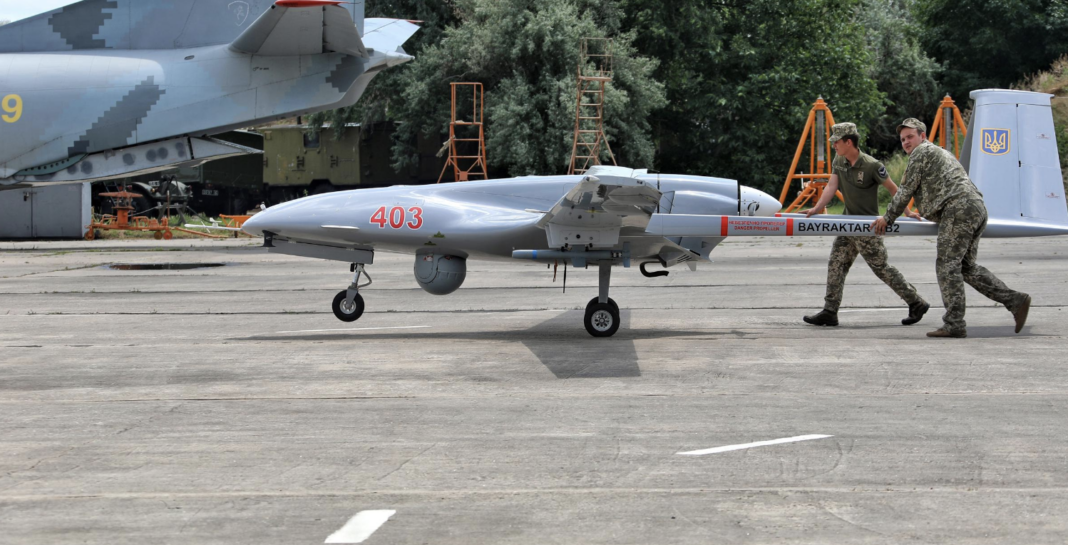Turkey’s arms exports doubled in 2019-2023 compared to 2014-2018, making the country the 11th biggest arms exporter in the world, according to data from the Stockholm International Peace Research Institute (SIPRI).
Turkey’s arms exports rose by 106 percent in the 2019-2023 period compared to the 2014-2018 period, according to the March 11 report by the Stockholm International Peace Research Institute (SIPRI).
The country became the 11th largest arms exporter in the world, following the United States, France, Russia, Italy, South Korea, China, Germany, the United Kingdom, Spain, and Israel.
Turkey exported the highest volume of arms to the United Arab Emirates at 15 percent, followed by Qatar (13 percent) and Pakistan (11 percent).
It was the fourth largest supplier to sub-Saharan Africa with a share of 6.3 percent, because of its “combat helicopter deliveries to Nigeria and trainer/combat aircraft and uncrewed aerial vehicles (UAVs) to several states,” noted the report.
The country’s imports shrunk by 29 percent from the 2014-2018 period. It stands as the 17th largest arms importers. It imported the most from Spain, Italy, and Russia.
US, Western Europe dominate arms exports
The US’ arms exports grew by 17 percent and its share of overall arms exports rose from 34 percent to 42 percent.
The combined exports of the US and Western European states made up 72 percent of all arms exports in 2019–2023, As Europe almost doubled its arms exports from 2014-2018.
India leads imports
India, Saudi Arabia, Qatar, Ukraine, and Pakistan were the five largest arms importers in the 2019–2023 period.
India rose to first place with a 9.8 percent share of overall global arms imports. Saudi Arabia held first place in the 2014-2018 period.
Arms imports by European states increased by 94 percent from 2014–2018. Some 55 percent of European arms imports came from the USA.
Ukraine-Russia, Palestine-Israel conflicts impact arms transfers
Ukraine became the fourth biggest arms importer globally and the largest importer in Europe, after it received transfers from over 30 states in 2022–23. The USA supplied 39 percent of Ukrainian arms imports in 2019–23, followed by Germany (14 percent) and Poland (13 percent).
Experts also noted that most of Ukraine’s imports were in the form of “military aid.”
Russia’s export volume shrunk by 53 percent, due to the embargo issued after the invasion of Ukraine. The exporter dropped a spot to number three in the 2019-2023 period.
Whereas 31 countries bought weapons from Moscow in 2019, the number dropped to 12 by 2023. India and China acquired the largest volumes of arms from Russia in this period.
Pieter Wezeman, one of the authors of the report commented that the US and European states pressured Russia’s importers to switch suppliers. An example was Egypt, which switched to France for aircraft procurement upon pressure from the US.
Israel’s arms imports rose by 5.1 percent between 2014–18 and 2019–23. The USA accounted for 69 percent and Germany for 30 percent of Israeli imports.
SIPRI is an independent international institute dedicated to research into conflict, armaments, arms control, and disarmament. It provides data, analysis, and recommendations since 1966.

